Some places are famous for seemingly endless sunshine, while others are known for dense cloud cover. Those cloudier locations may experience just two to three hours of sunshine on an average day, if any at all. But this isn’t to say cloudy skies are a bad thing — in fact, clouds can be rather beautiful in their own right. They may even add to the ethereal mystique of a city, making it feel otherworldly. From the mountains of South America to the northern shores of the Atlantic, let’s examine seven of the world’s cloudiest cities, according to a report from World Atlas.
7. Reykjavík, Iceland
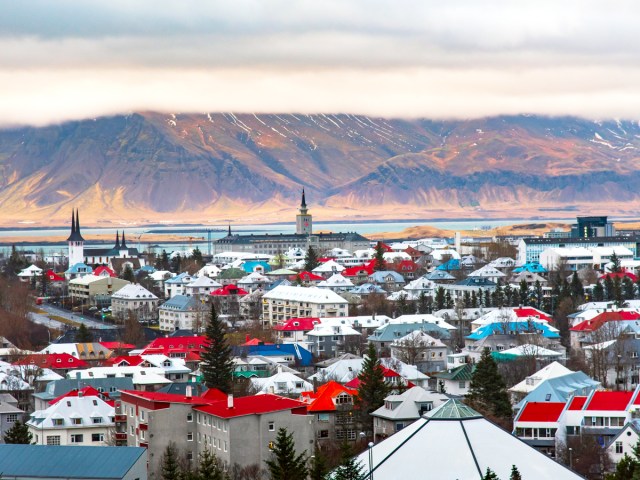
Average hours of clear sunshine per year: 1,236
The Icelandic capital city is only sunny for approximately 1,236 hours annually, resulting in just three to four hours of clear skies each day on average. The rest of the time, you’ll find Reykjavik’s skies to be heavily overcast. This is due, in part, to the North Atlantic Current bringing warmer sea temperatures from the Caribbean, which clash with the more frigid air in the North Atlantic. This contributes to the strong winds, inclement weather, and thick cloud cover that Reykjavík experiences almost daily.
6. Lima, Peru
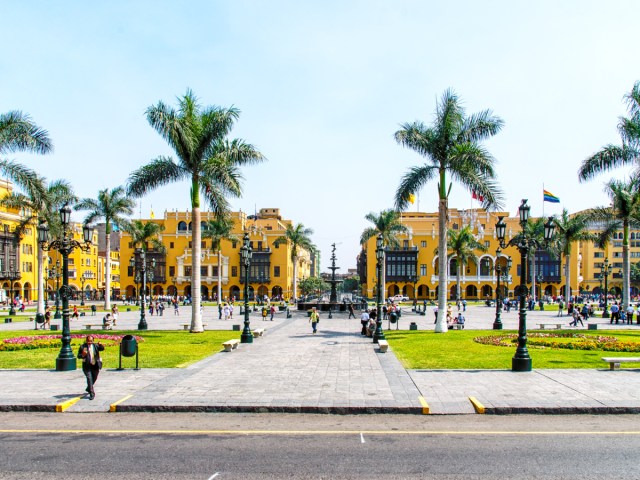
Average hours of sunshine per year: 1,230
With its high average humidity and proximity to the coast, the Peruvian capital is another of Earth’s cloudiest cities. This is especially true during the winter, which occurs from June to September, as Lima is located in the Southern Hemisphere. During the peak of winter, days in Lima may have as little as an hour of direct sunshine.
No matter the time of year, humidity is often high in the morning, so foggy skies are far more prevalent during earlier hours of the day. This cloud cover isn’t all bad news for those traveling to Peru — it contributes to a spectacle known locally as cielo de brujas (“sky of witches”). This local phenomenon refers to the city’s colorful skies at sunset, when orange, pink, and red colors bounce off the clouds in spectacular fashion.
5. Malabo, Equatorial Guinea
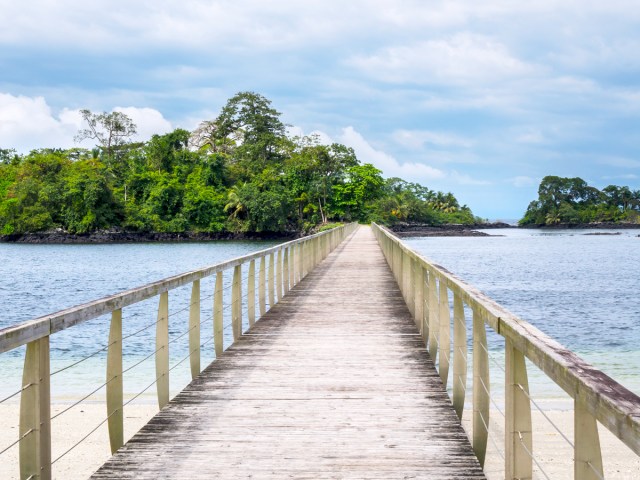
Average hours of sunshine per year: 1,176
Malabo is, by many metrics, the cloudiest city in Africa, with just over three hours of clear skies each day on average. This capital of Equatorial Guinea is located off the mainland on the island of Bioko in the Gulf of Guinea — a region known for its tropical climate and powerful monsoons.
The high humidity and proximity to the ocean results in a lengthy wet season that lasts from March to November. During this period, dark and stormy weather is considered the norm, and sunny days are a rarity. But the skies of Malabo continue to be quite cloudy even in the dry season, which runs from December to February.
4. Dikson, Russia
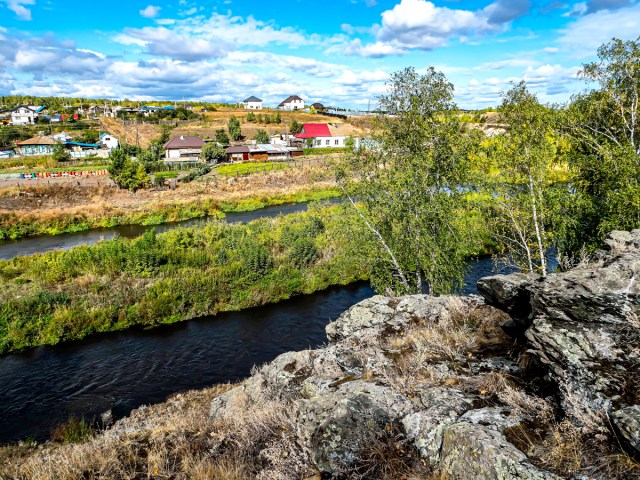
Average hours of sunshine per year: 1,164
Dikson is the northernmost port in Russia and one of the northernmost inhabited regions on the planet. This settlement lies adjacent to the Arctic coastline, where snowy skies and frigid temperatures are common. Dikson is overcast roughly 98% of the time, with the day with the most hours of clouds each year usually falling sometime in early January. If the dense clouds weren’t enough to obscure the sun, Dikson also experiences near total darkness during the winter months of December and January, adding to the moody aesthetic of this Russian port town.
3. São Joaquim, Brazil
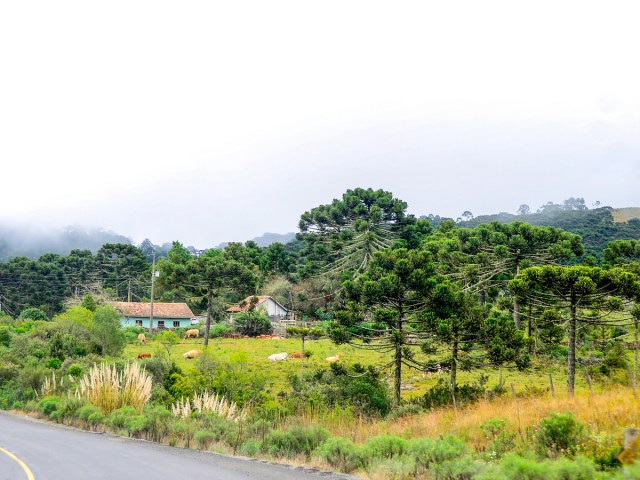
Average hours of sunshine per year: 1,065
Located in a mountainous region in southern Brazil, São Joaquim has an elevation of more than 4,400 feet above sea level. As a result, the city occasionally experiences clouds that produce snow — some even argue that it’s the coldest place in Brazil.
But whether it’s snowing or merely a warm, foggy day, São Joaquim experiences less than three daily hours of direct sunlight on average. Fortunately, the sun’s rays tend to poke through a bit more regularly throughout April, though it’s still a far cry from the sunny beaches that Brazil is known for.
2. Chongqing, China
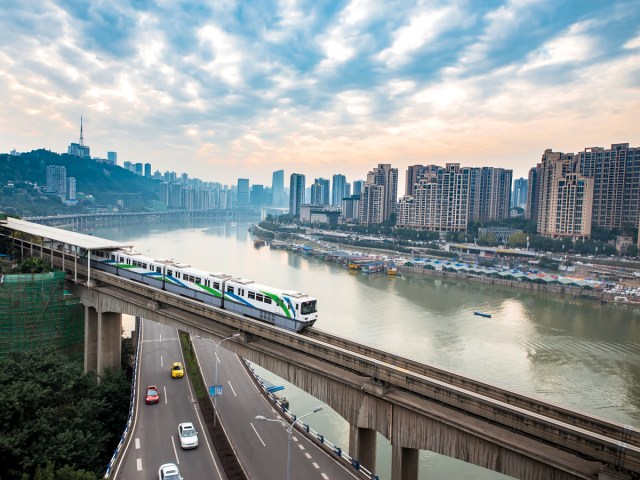
Average hours of sunshine per year: 1,054
Chongqing is a sprawling city in central China, located along the confluence of the Yangtze and Jialing rivers. It also sits in the middle of the Sichuan Basin — a region that traps in warmth and humidity, creating a more temperate and subtropical climate within Chongqing than you’d find in other Chinese cities.
This geography results in gray skies for an average of 21 hours per day, and the city’s tall skyscrapers are indeed often shrouded in cloud cover. The cloudiest time in Chongqing is July, when humidity levels are at their peak. Moderate levels of air pollution thanks to rapid industrialization have also impacted the city’s clear skies.
Tórshavn, Faroe Islands
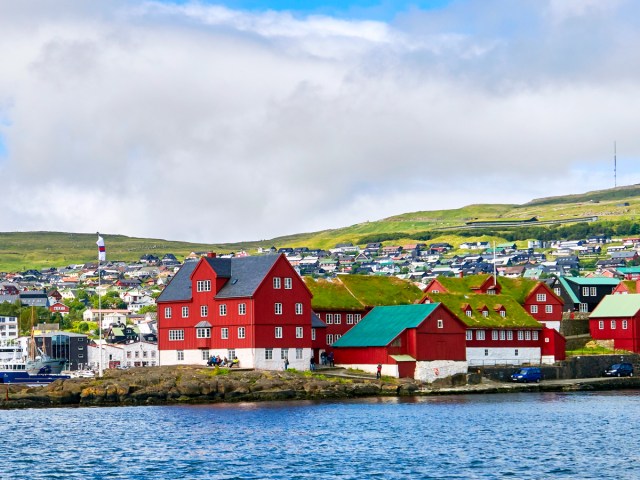
Average hours of sunshine per year: 840
Tórshavn, the capital of the Faroe Islands, is often cited as the world’s cloudiest city. According to the World Atlas report, Tórshavn experiences as little as 840 hours of cloudless skies per year, which equates to nearly 22 hours of cloud cover each day.
The Faroe Islands are located in the North Atlantic Ocean, where warmer ocean currents meet cooler air masses, resulting in widespread overcast skies. While temperatures in Tórshavn are fairly mild for the region, the city is susceptible to heavy winds and dense fog, with the fog typically being thickest in July.
But while the skies in Tórshavn are generally quite cloudy, the weather may vary just a short drive away. The Faroe Islands are known for having an unpredictable climate, and while it could be dark and cloudy in one location, it may end up being bright and sunny nearby.
About the data: World Atlas compiled data on the average sunshine duration of major world cities over several years to determine the world’s cloudiest places. Read the full report here.
More from our network
Daily Passport is part of Inbox Studio, which publishes content that uplifts, informs, and inspires.























